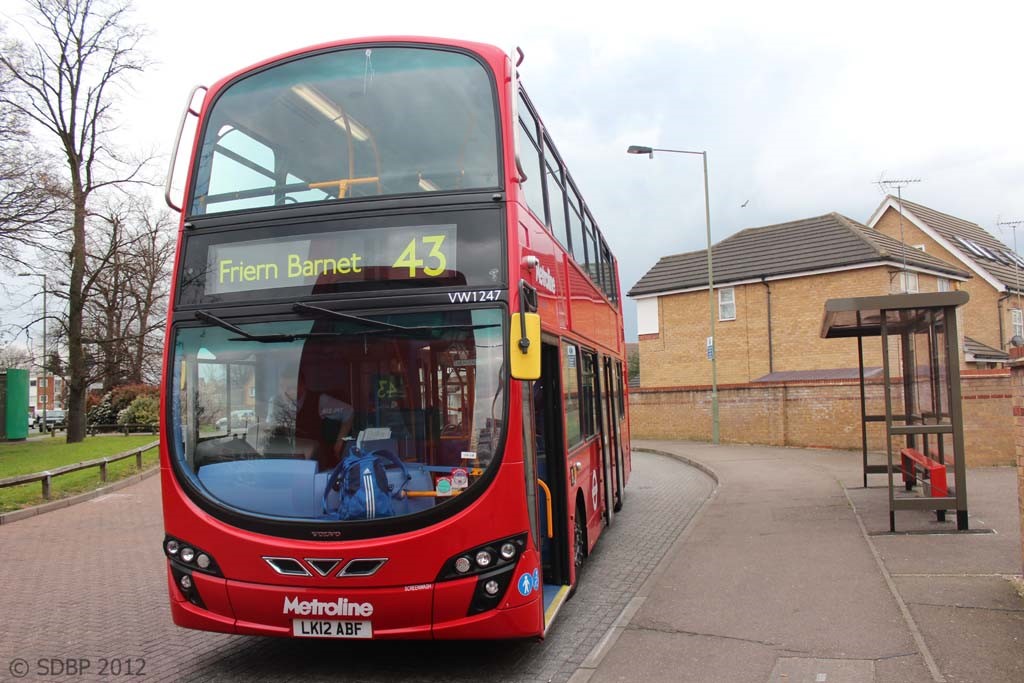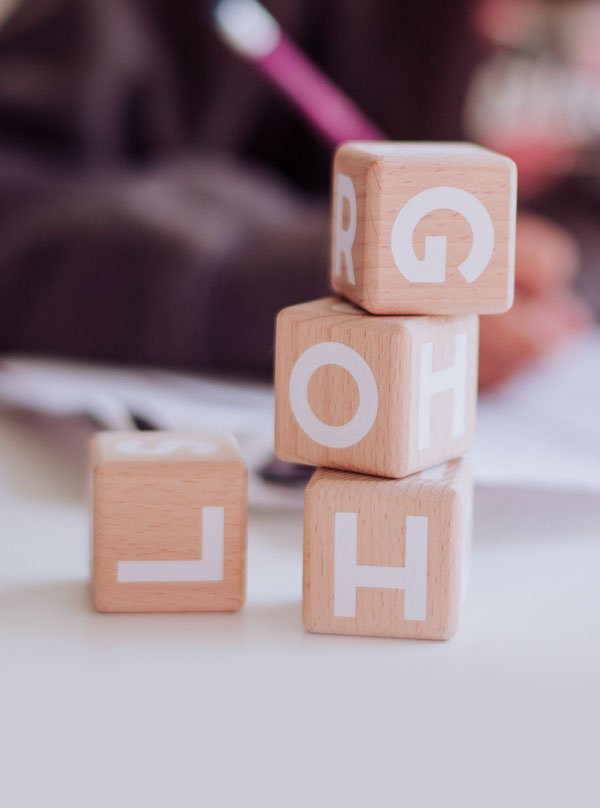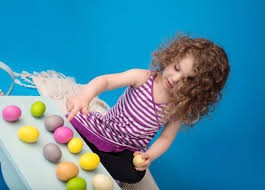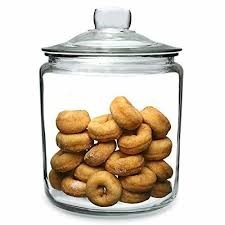Helping your Reception Child with Maths at Home
HOW TO HELP YOUR RECEPTION CHILD WITH MATHS
Practical and fun ways to work together at home
How can you help your child with maths?
A child’s progress with maths gets better the more they practice.
We have put together some tips and advice to help Parents and Carers easily practice maths with their children at home.
Key tips:
Praise effort and not ability. For example saying ‘You’ve worked really hard at your times tables today’ rather than ‘You’re so clever!’ is more encouraging.
Try not to pass on your own fears and anxieties about maths. Instead encourage your child’s enjoyment of the subject.
Find Maths in everyday life – counting, going to the shops, I spy, cooking etc.
Play games with dice!
It’s not about speed.
Number recognition
Recognising numbers is one of the most important early steps for maths. You can begin by pointing out lots of different numbers to your child, such as the numbers on front doors, on the front of buses, on T-shirts, on television.
Activities at home:
Number Hunt. Children have to find the numbers on post it notes hidden around the home and then put them in order. You could add variation to this by not including a number and seeing if they notice or by using a mixture of digits, amounts etc!

Counting Cars of Different Colours. A road-trip is incomplete without car games, be it I-spy or just singing songs. Make your road-trip with children fun and informative with this counting game. The objective of the game is to count the number of cars of a specific colour that you pass by. Whoever gets the most in the journey wins.

Painting or colour by Numbers. Children colour according to the colour schemes that are coded with fixed numbers. Children are supposed to colour the picture according to the colouring code that they receive with the sketch.
1 to 1 Correspondence
As part of learning to count, a child needs to develop ‘one to one correspondence’. This means being able to match one object to one other object or person. Touching each individual object helps with this.
Activities at home:
 Count a lot. Make a counting game out of everyday activities whenever you think of it. Count the chairs as you set the table, the blocks as you build a tower, the books as you read aloud, and the train cars as you chug along the track.
Count a lot. Make a counting game out of everyday activities whenever you think of it. Count the chairs as you set the table, the blocks as you build a tower, the books as you read aloud, and the train cars as you chug along the track.
Count motions. Have your child count as you clap or hop. If this is difficult, have your child set out one counter for each movement. He can count the counters after you are finished.
Count objects in a line. Young children can be are easily confused when you ask them count a jumble of objects in a pile; they often count objects twice. Begin simply by putting a small number of objects in a line and asking your child to count them. Begin with just two or three objects; when your child consistently gets that number correct, add more.
Move the same objects around, and count again. Take the objects out of a line and scatter them. Have your child count them. Then push them together in a very tight line. Ask your child to count once more. Eventually your child will understand that rearranging a group of objects does not change their total number.

Estimation
Estimating and learning about quantities are both important skills for enabling children to come to judgements about numbers, and to understand the idea of what might be “too little” or “too much”. Children love guessing games and so they naturally learn how to estimate.
Activities at home:
Guessing games so they naturally learn how to estimate. A way to practise this skill is to ask the child to guess the number of biscuits in a jar. Then count them and compare. Use the language of ‘Too many?’ and ‘Not enough?’

Ordinal numbers
Ordinal numbers describe an ordered sequence, such as “first”, “second” and “third”. Understanding them helps children to structure their day, and means that they can follow instructions in the right sequence or make a list.
Activities at home:
 What’s your favourite? Talk about your favourite foods, colours or songs together. What would be their first choice? What about second and third choices, and so on.
What’s your favourite? Talk about your favourite foods, colours or songs together. What would be their first choice? What about second and third choices, and so on.
Toy car race. Have a race with toy cars, and ask your child “Which car was first?”, then “Which car was second?”, “Which car was third?” and so on.
One more, one less
Learning about “one more” and “one less” than a given number is important for estimating and being able to assess quantity, and leads on to simple addition and subtraction.
Activities at home:
Sticky notes numbers. Write the numbers one to ten on sticky notes, stick them in a row, then ask your child to pick a number and quiz them on which numbers come before and after the one they have chosen.

Secret number. Think of a number, and then ask your child to guess your secret number. Tell them that, for example, your secret number is “one more than 6” or “one less than eight”. Ask children to come up with their own secret number too and try to find out what it is. You could play this sitting on a bus or a train and look for numbers on the bus or in the carriage – a bit like I Spy! – To start the game off.


